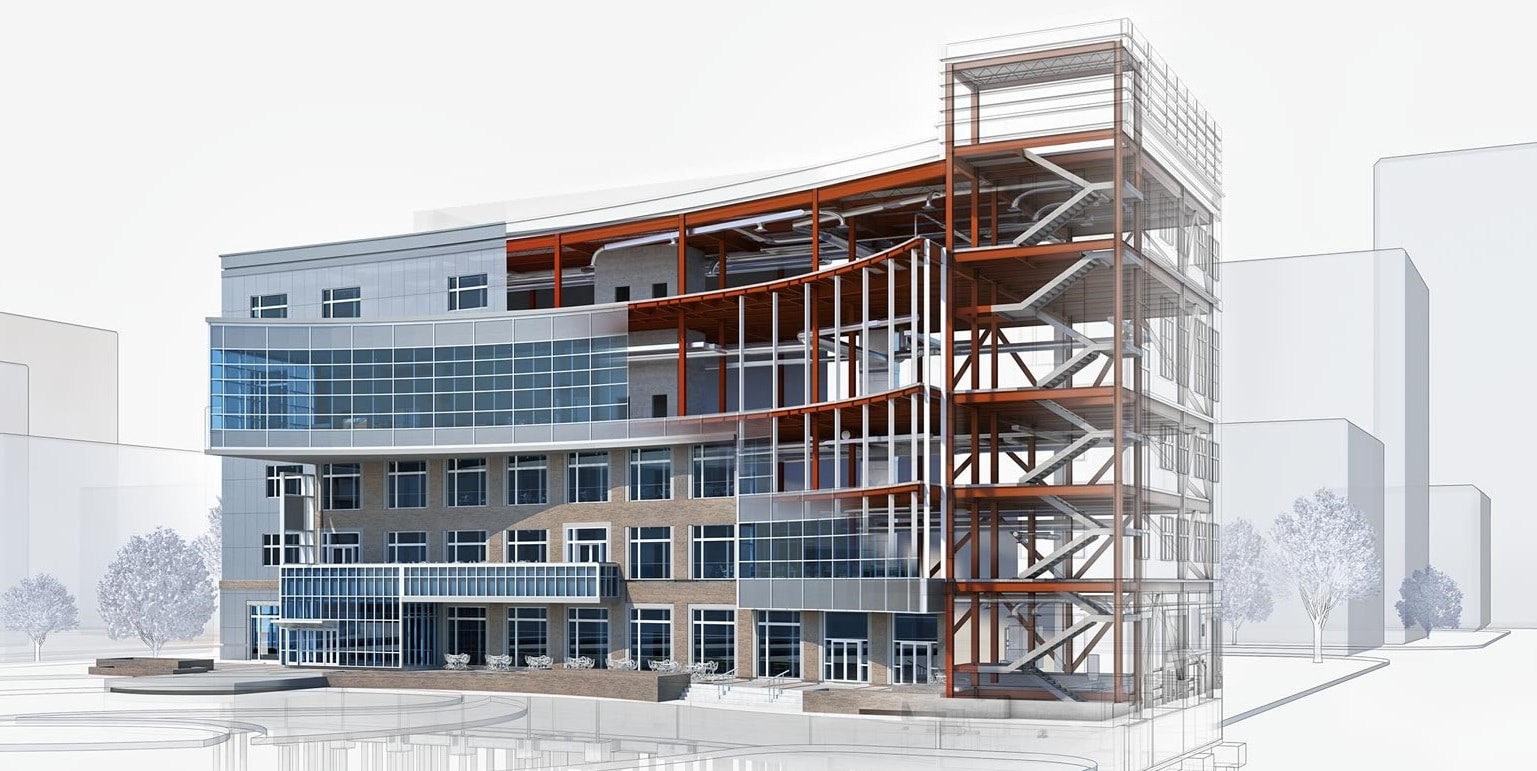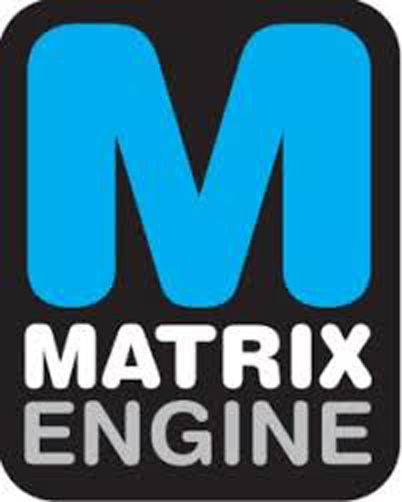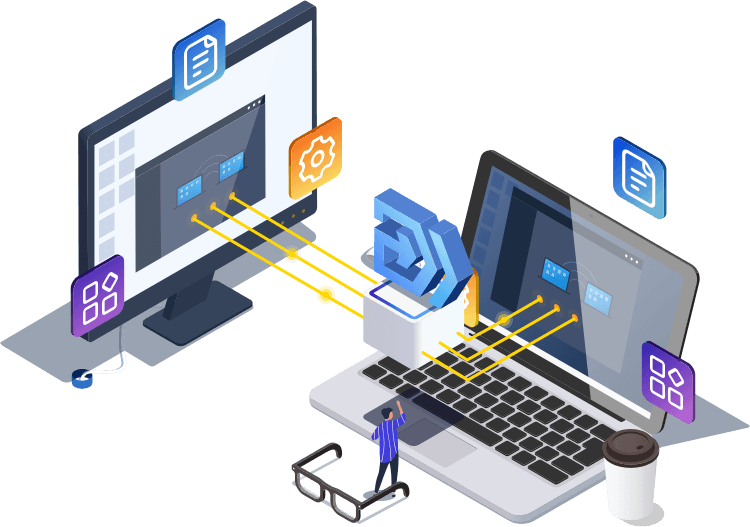
First of all, what is BIM?
BIM, or Building Information Modelling, is a concept for structuring and visualising data to produce a digital model of a built structure.
This digitisation not only simplifies the construction and maintenance of the building but also provides a complete and detailed virtual view of the components of a structure.
Thus, the use of BIM data for facility management is an extraordinary source of information.
And when you integrate it with a CMMS, what do you get?
All the technical and functional characteristics of a building are transcribed in a single system
This allow :
-To facilitate the transfer of building data from the builder to the operator and occupants
-To help maintenance managers to locate an equipment thanks to a 3D visualisation and to have direct access to its technical file.
-To give the owner a real-time view of the assets updated by the operator
But... how does it work?
Thanks to the information available on the building and existing technical trees, it is possible to activate a 3D module which allows to cross all this information in an interactive visualization mode
It is then possible to interface directly with the technical management of the building to add real-time measurements and even remote control of certain equipment. This makes almost anything possible: closing a water valve remotely as soon as a leak is reported, or using augmented reality to locate cables and pipes behind a wall with great precision.
The speed with which information can be shared between the different players considerably improves the management of building maintenance
Thus, although still in its infancy, the integration of the various building management systems is gradually progressing. In the long run, this new generation of CMMS could well become a BIM module. Matrix is a forerunner in this field.

